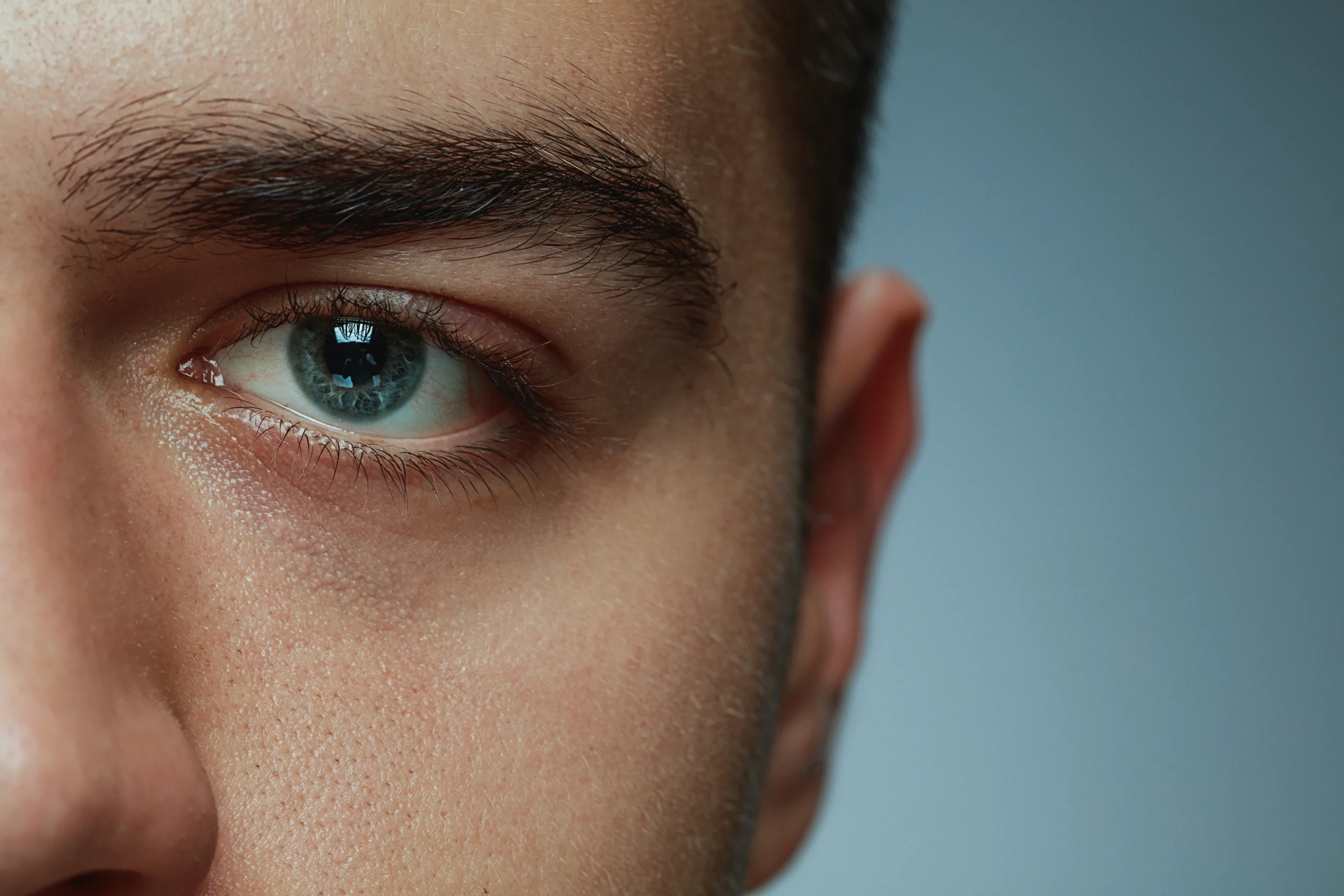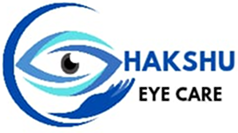
Blephrospasm Treatment
Blepharospasm treatment is a safe and effective approach to managing involuntary eyelid spasms, which can interfere with daily activities and impact vision. This condition, caused by abnormal muscle contractions in the eyelids, can lead to excessive blinking, eye strain, and discomfort. With advanced medical techniques such as Botox therapy, medications, and, in severe cases, surgical intervention, patients can achieve significant relief and regain normal eyelid function. Modern treatment methods focus on minimizing discomfort, improving eye comfort, and ensuring a quick recovery, allowing individuals to return to their routine activities without persistent eye spasms. Early diagnosis and proper treatment can greatly enhance the quality of life for those affected by blepharospasm.
What is Blepharospasm?
Blepharospasm is a neurological disorder characterized by involuntary, repetitive, and uncontrollable spasms or twitching of the eyelid muscles. It typically affects both eyes and can range from mild, occasional blinking to severe, persistent eyelid closure that interferes with vision. This condition is caused by abnormal functioning of the muscles responsible for eyelid movement and is often triggered or worsened by factors such as stress, fatigue, bright lights, or eye irritation. While not life-threatening, blepharospasm can significantly impact daily activities and quality of life if left untreated.
What is the Treatment for Blepharospasm?
Blepharospasm can be managed effectively with various treatment options aimed at reducing involuntary eyelid spasms and improving eye comfort. The choice of treatment depends on the severity of the condition and individual patient needs.
- Botulinum Toxin (Botox) Injections – The most effective and commonly used treatment for blepharospasm. Botox is injected into the eyelid muscles to temporarily block nerve signals, reducing spasms. The procedure is quick, minimally invasive, and provides relief for 3-6 months, requiring repeat sessions.
- Medications – Oral medications, such as muscle relaxants or nerve-modulating drugs, may help in some cases. These are usually prescribed if Botox does not provide sufficient relief.
- Surgical Treatment (Myectomy) – In severe cases where Botox and medications are ineffective, myectomy may be performed. This procedure involves removing some eyelid muscles to reduce involuntary contractions permanently.
- Supportive Care & Lifestyle Adjustments – Wearing sunglasses to reduce light sensitivity (photophobia). Using lubricating eye drops to prevent dryness and irritation. Reducing stress through relaxation techniques, as stress can trigger spasms. Limiting screen time and avoiding eye strain.
Blepharospasm Operation Cost in Indore
The cost of blepharospasm surgery (myectomy) in Indore can vary depending on several factors, including the hospital or clinic, the expertise of the surgeon, and the complexity of the procedure. Since myectomy is a specialized surgery involving the removal of certain eyelid muscles to reduce spasms, its cost is generally on the higher side compared to other eyelid procedures.
On average, eyelid surgeries like blepharoplasty in Indore range between ₹80,000 and ₹2,00,000. However, because myectomy is a more intricate procedure, the cost may be at the higher end of this range or even exceed it. Additional expenses such as preoperative tests, post-surgery care, medications, and hospital charges may also influence the final cost.
For an accurate cost estimate, it is recommended to consult with an experienced ophthalmologist or oculoplastic surgeon who can assess your condition and provide a detailed breakdown of the expenses involved.
Pre-Operations Instructions forBlephrospasm Operation
Preparing for blepharospasm surgery (myectomy) is essential to ensure a smooth procedure and faster recovery. Before surgery, patients are required to undergo necessary medical evaluations, including blood tests and eye examinations. It is important to inform the doctor about any pre-existing medical conditions such as diabetes, hypertension, or allergies to medications.
Patients should discontinue blood-thinning medications like aspirin and ibuprofen at least a week before surgery to minimize bleeding risks. Additionally, herbal supplements and vitamin E should be avoided as they may interfere with the healing process. If prescribed essential medications, patients should take them as instructed by the doctor.
Lifestyle adjustments such as quitting smoking at least two weeks before surgery and avoiding alcohol and caffeine 24 hours before the procedure can significantly improve recovery. Patients undergoing general anesthesia should refrain from eating or drinking 6-8 hours before surgery to prevent complications.
On the day of the surgery, wearing comfortable, loose-fitting clothing and avoiding facial creams, lotions, or makeup is advised. Since patients will not be able to drive post-surgery, it is necessary to arrange for someone to accompany them. Keeping prescribed post-surgery medications ready at home will help manage recovery smoothly.
Post-Surgery Recovery & Healing
Recovery after blepharospasm surgery (myectomy) is a gradual process that requires proper post-operative care to ensure the best results. Patients may experience swelling, bruising, and mild discomfort around the eyes immediately after the procedure, but these symptoms usually subside within a few weeks. Blurry vision and light sensitivity are common initially but improve over time. Using cold compresses can help reduce swelling, and it is essential to avoid rubbing or applying pressure to the eyes to prevent irritation or complications.
Pain is generally mild to moderate and can be effectively managed with prescribed pain relievers and antibiotic eye drops or ointments to prevent infections. Following the doctor’s medication instructions ensures a smooth healing process. Patients should also minimize screen time and strenuous activities, including heavy lifting and bending forward, for at least two weeks. Light activities can usually be resumed within a week, but full recovery may take several months depending on individual healing responses.
Regular follow-up visits are necessary to monitor progress and address any concerns during the recovery period. Some patients may require additional Botox treatments if symptoms persist. Over time, eyelid spasms reduce, leading to improved eye comfort and function. By adhering to post-operative care guidelines, patients can experience a successful recovery and long-term relief from involuntary eyelid spasms.
